Graphic Literature
by Francesco Franchi
Bi-dimensional versions of classic literature
My written contribute to Malofiej18 Annual Publication, p. 50
Index Books, Spain 2011
In 1654, while publishing her novel Clélie (1), Madeleine de Scudéry also published a map she herself had created. Her ‘Carte du pays de Tendre’’ (fig.1) — a map of the Land of Tenderness — presents a multifaceted landscape: land, sea, a river, a lake, trees, some bridges and various cities. In her novel one of the female characters draws the map as a guide to “the land of tenderness”: it is the embodiment of narrative travel. That is to say, it visualizes the emotional journey of the story as a landscape. In this way ‘Carte de Tendre’ reveals a world of endearments. In its design, based on the romantic narrative, the external world gives expression to an inner landscape. To travel though this territory is to immerse oneself in a stream of personal as well as social psycho-geography. Emotions are shaped by the changing topography. Movement produces emotion and at the same time, emotion has movement. The Latin root of the term emotion, — which comes from emovere — is verb comprised of movere and ex, “out”. Therefore, the meaning of emotion is historically associated with “movement, migration, transference from one party to another”. The relationship between imaginary maps and the ability to comprehend the space as created by the art of cartography, with its spatial translation of emotional sequences, is therefore a function of narrative imagination.
NOTAS
1. M. de Scudéry, Clélie, historie romaine, volume 10, Augustine Courbé, Paris 1645-60.
Fig.1 Madeleine de Scudéry, Carte du pays de Tendre, 1654.
3. R. Harbison, Eccentric Spaces.
Italo Calvino, in his ‘Il Viandante nella Mappa’, written during a stay in Paris, commented how “a map, although being static, presupposes a narrative idea, and is conceived of as an itinerary. It is an odyssey”. The art of representing space has within itself the dimension of a story and, as Pierre Jourde observed in his research on imaginary geographies in cartographic representations of Tolkien (2), this plays an important role in shaping the narrative space. By this I do not intent to mean simply that literature has made use of maps. It means rather, as was suggested by Robert Harbison, that the journey of a story can assume visual cartographic form, while topography and architecture can be invested with an elaborate narrative representation. (3)
Alessandro Baricco, for example, has based his novel ‘City’ on the idea of a city; not a specific location, but the model of any city, its structure. The stories are its neighborhoods; the characters, its streets, which sometimes begin and end in a single neighborhood, while others go through the whole town, spinning together unrelated areas and worlds which yet form a single urban core.
From a different perspective, the historian and literary critic Franco Moretti, author of the book ‘Graphs, Maps, Trees: Abstract Models for a Literary History’, argues that novels are linked to such an extent to topography and other forms of social – spatial mapping that they could be redesigned as maps: tools for visual analysis with which to explore the interaction between literature and space. From this point of view, geography has shaped, in fact, the same narrative setting of European literature, giving rise to new forms of narrative space (4). In cartographic terms, a story can be presented as the arc of an experience on an existing geographical map, as if it were a ‘palimpsest’; the map evolves over the course of the work. As in film and its genres, many books have been made around, through and thanks to the maps of specific places which through their stories have been reinvented and revisited.
Hence, if novels can give life to fantastic forms of mapping, some of them are themselves the direct product of a topographic journey inspired by an imaginary map. The intention behind the Letteratura Grafica title, published in the journal IL – Intelligence in Lifestyle, is that of researching and drawing maps of these social psycho-geographic forms constructed by fiction, both in literary and cinematic works. This specific type of cultural map is included in the context of the emotional geography, and associates emotions with narrative spaces. The map by Scudéry draws the movement of emotions, that particular landscape that first literature and then film have transformed into cartographic art. Similarly, the Letteratura Grafica, through non-linear infographic language, aims to translate into two-dimensional spaces the relationships and connections between the characters and the elements of the story.
5. F. Farinelli, La Crisi Della Ragione Cartografica, Einaudi Torino 2009.
6. A. Anderson, E. Rosenfeld, Talking Nets. An Oral History of Neural Networks, the MIT Press, Cambridge, London 1998.
7. V. Donati, Della Storia Naturale Marina dell’Adriatico Saggio, 1750.
8. G. Barsanti, La Scala, la Mappa, l’Albero, Sansoni, Firenze 1992.
9. In 1736, Euler solved the problem of the bridges of Königsberg. The Pregel River and its tributaries pass through this city (today known as Kaliningrad) and there are two long islands which are connected to each other and to the rest of the town by seven bridges. The problem consists in determining if it is possible to travel through the city and the two islands only crossing once over bridge once and returning to starting point. Euler showed that this hypothetical route was not possible, because the number of bridges linking the arcs (or rather the streets that unite the bridges). The answer made by Euler was the origin of graph theory, which later evolved and gave rise to topology.
10. A. Barabasi, Linked. The New Science of Networks, Cambridge University Press, Cambridge 2002.
11. Idem.
The goal is to produce synoptic maps that allow the relationships between the elements of literary narrative to be seen, and specifically, to show complex relationships in a more easily understood way using linear forms.
This mapping system improves the model of the map with idea of network, which, as described by Franco Farinelli, President of the Italian Geographers’ Association, “is born precisely when we in-terchange the relation that we are used to between line and plane, and we recognize the priority of the first: (5) “a line is an area with a double limit” (6). A network is “a fabric with multiple threads, all of which are in reciprocal communication, relationship and union” (7). A model based on the multiplicity and the existence of series, which are not parallel but intersect. A system that, compared to the alignment of elements, explicitly opposes the model of the map, on which each element enters into a relationship and contact with all others, which are not limited to precede or follow, but which are placed alongside, exactly “as in the case of territory on a geographical map” (8).
In 1736, the Swiss mathematician and physicist Euler, while demonstrating that there was not a route that crossed only once across the seven bridges of Königsberg (9) unknowingly invented graph theory; that is to say, the theory of networks, and became the first to reduce reality to a set of vertices and nodes connected by links (10). Euler proved that the existence of a particular land route depends not on our ability to find it, but that it is a property of the graph, that is to say, the combination of nodes and links that form it. The architecture of a network holds within it properties that can limit or promote what can be achieved with it (11).
But from whence comes this architecture? It is not found in our heads: if so, we could find the way on our own or we would know at once that such a way cannot exist. At the same time, it is not immediately given in the reality that surrounds us. All that is left for us, therefore, is to insert it into the same table on which Euler made his original reduction, or at most, consider it as the fruit of the relationship of his mind and his hand and vice versa. In the case of Letteratura Grafica, this amounts to saying that the structure of the narrative journey is manifested through the model of the network, to apply oneself to the understanding of the reality whose form has produced this itinerary, a sort of self-reference where infographics plays the role of mediation.
For more information: http://sinsemia.wordpress.com
On the other hand, as the basis of Letteratura Grafica, we find the concept of synsemia. “This is defined as deliberately and consciously placing elements of written language in space, in order to communicate, through space articulation, regularly and in a reasonably unambiguous way. These regularities may only be valid for a specific case, but they must be consistent, rigorous and interpretable without requiring support from the author. They may equally be defined by precise patterns and established habits of assimilation”. In this context, “the spatial arrangement has a value that is not only instructive but also heuristic: it enables discovery, allows tests to be developed and, therefore, plays a leading role in deductive processes” (12).
The history of writing and art is rich in examples of work with strong synsemia. In this page are some creations that show the effectiveness of an expression of nonlinear text, which served as inspiration for Letteratura Grafica section (fig. 2, 3, 4, 5).
Showing pages such as Letteratura Grafica could be considered to be cutting-edge, for it means introducing infographic language into the cultural section of a magazine. An intervention that includes the representation of maps and routes already intrinsic in literary stories: presenting a picture and organization of movements. However, these pages do not hold a hidden key for interpretation, because they not limit themselves to reproducing a guiding prin- ciple, but aim to convey emotions and transformations.
Like the Scudéry map, Letteratura Grafica, as a translation of a travel narrative summarizes the view and the trek, is a place to look and walk. The story is set up geographically, and its map is open to the space lived in and to its evolution. It is a table that organizes movements as change. That which begins to move in the emotional map of a novel is the plan of a topographical unconsciousness, in which emotions are organized as in an arc.

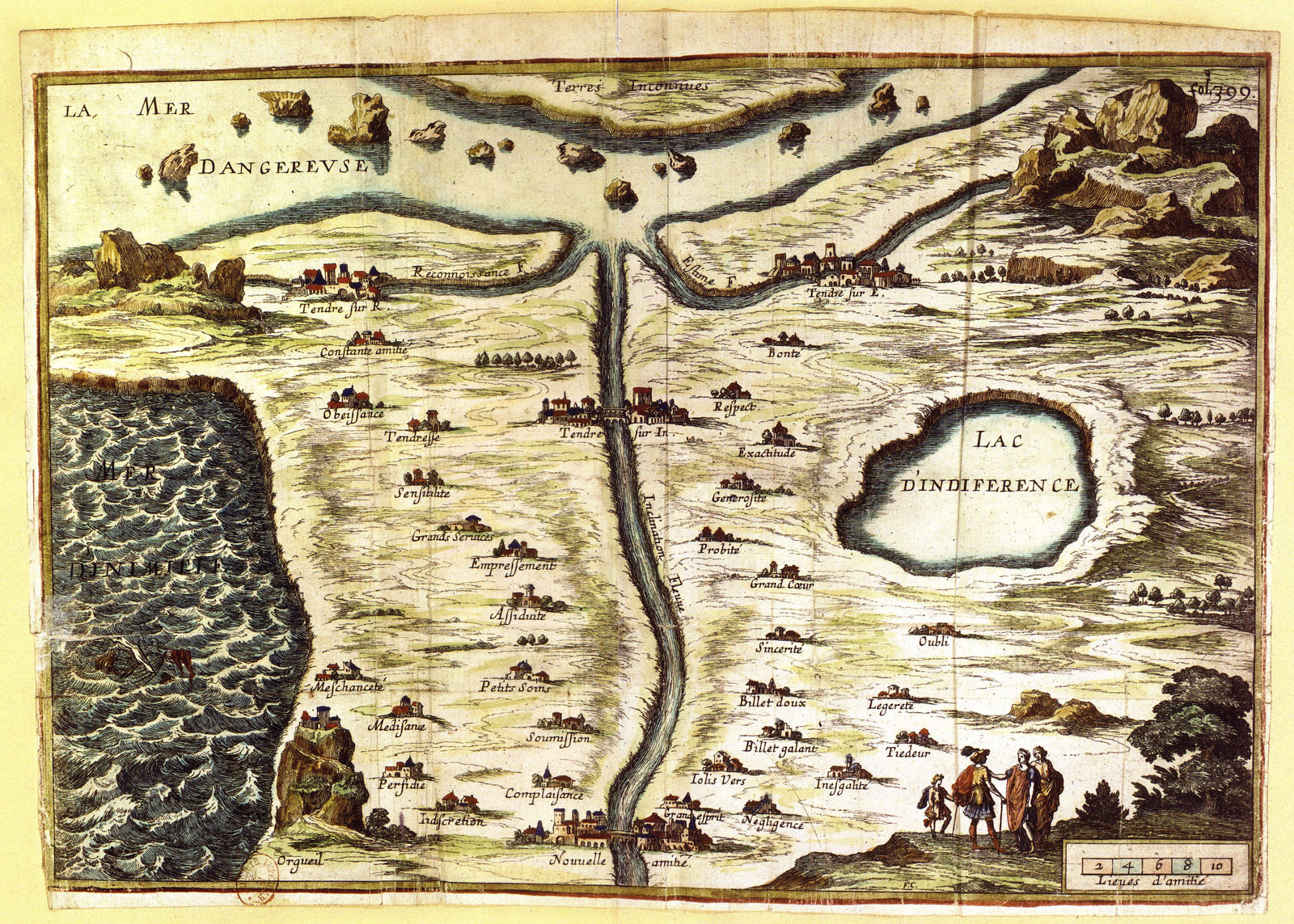
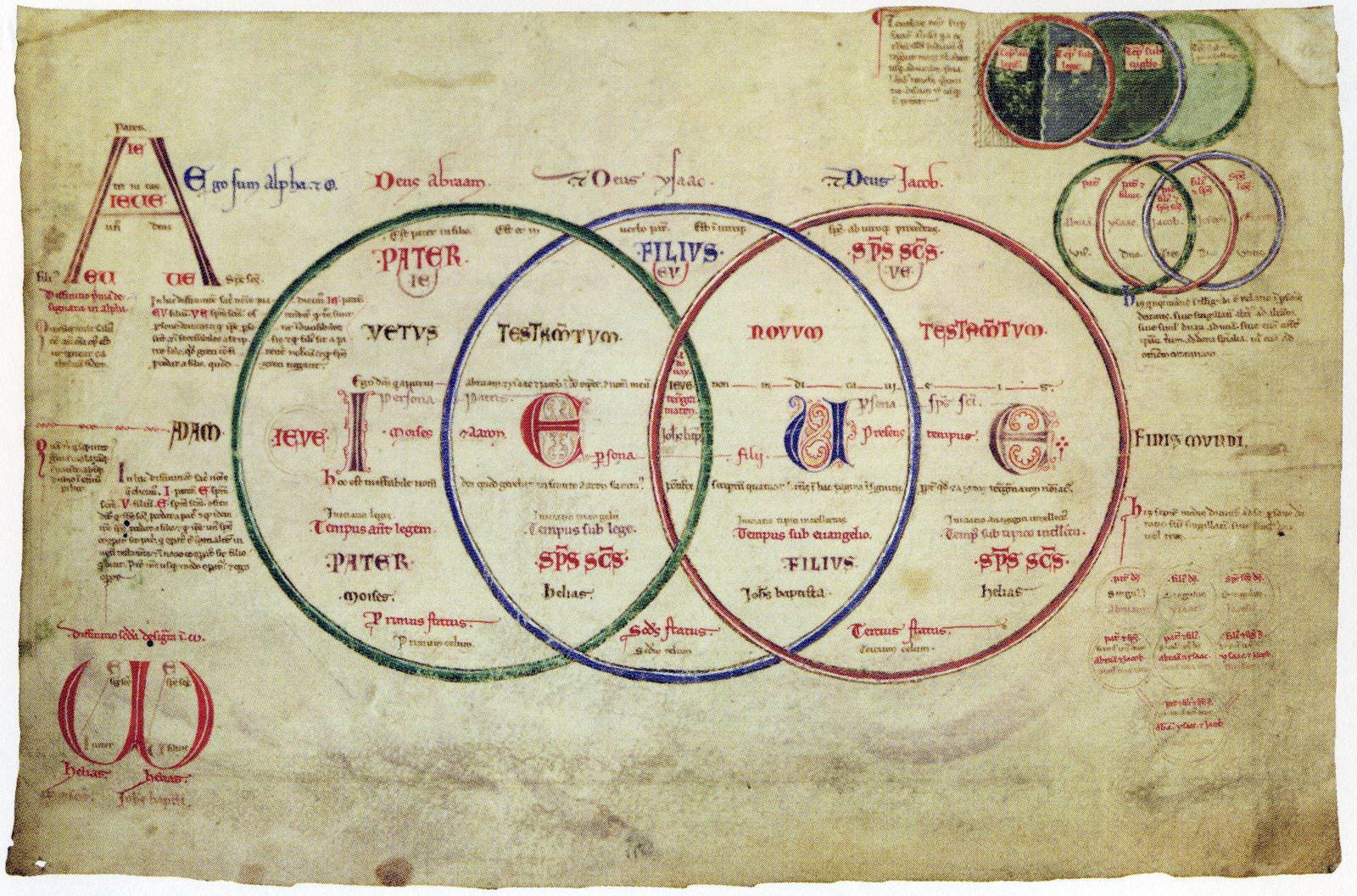
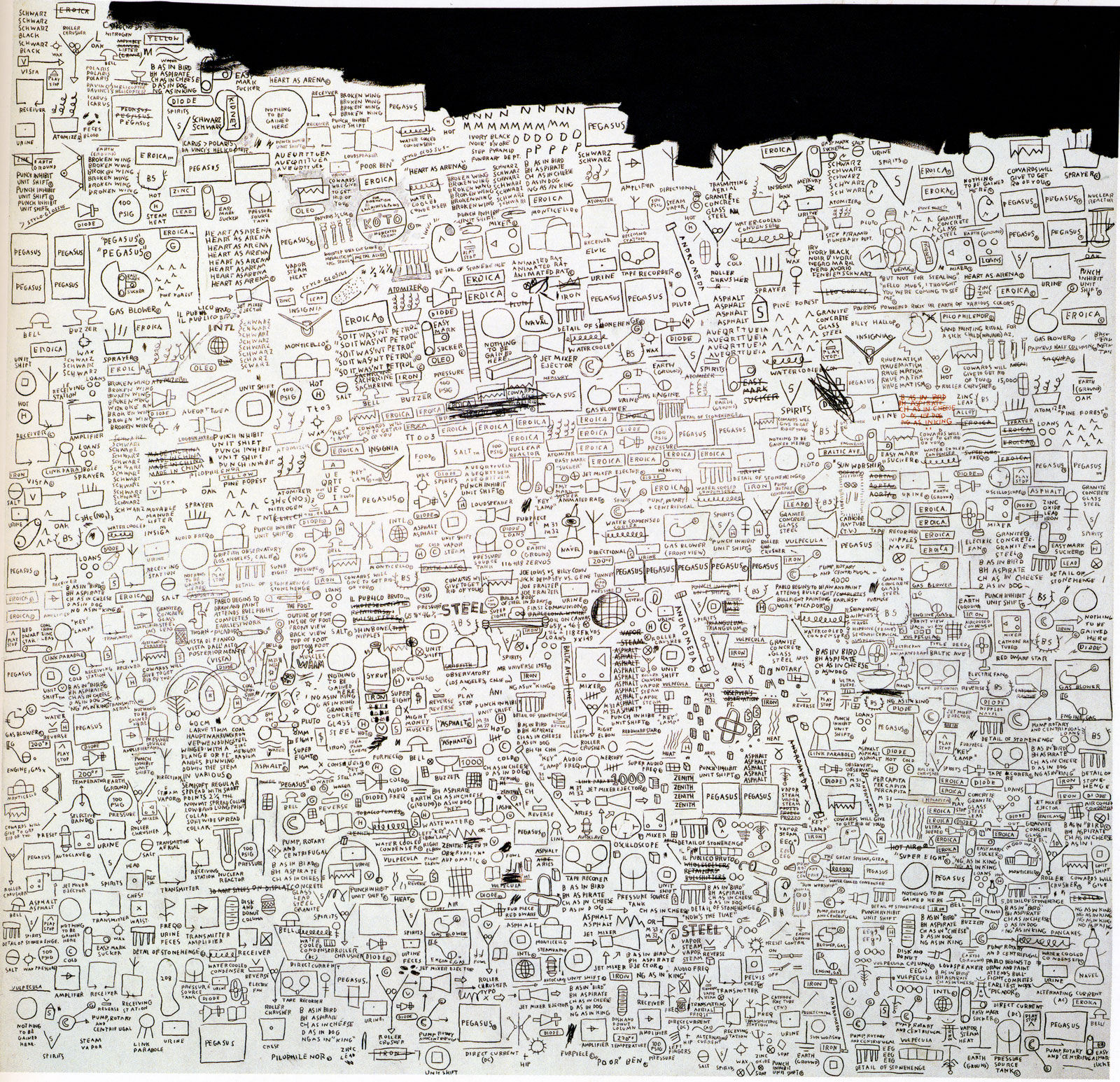
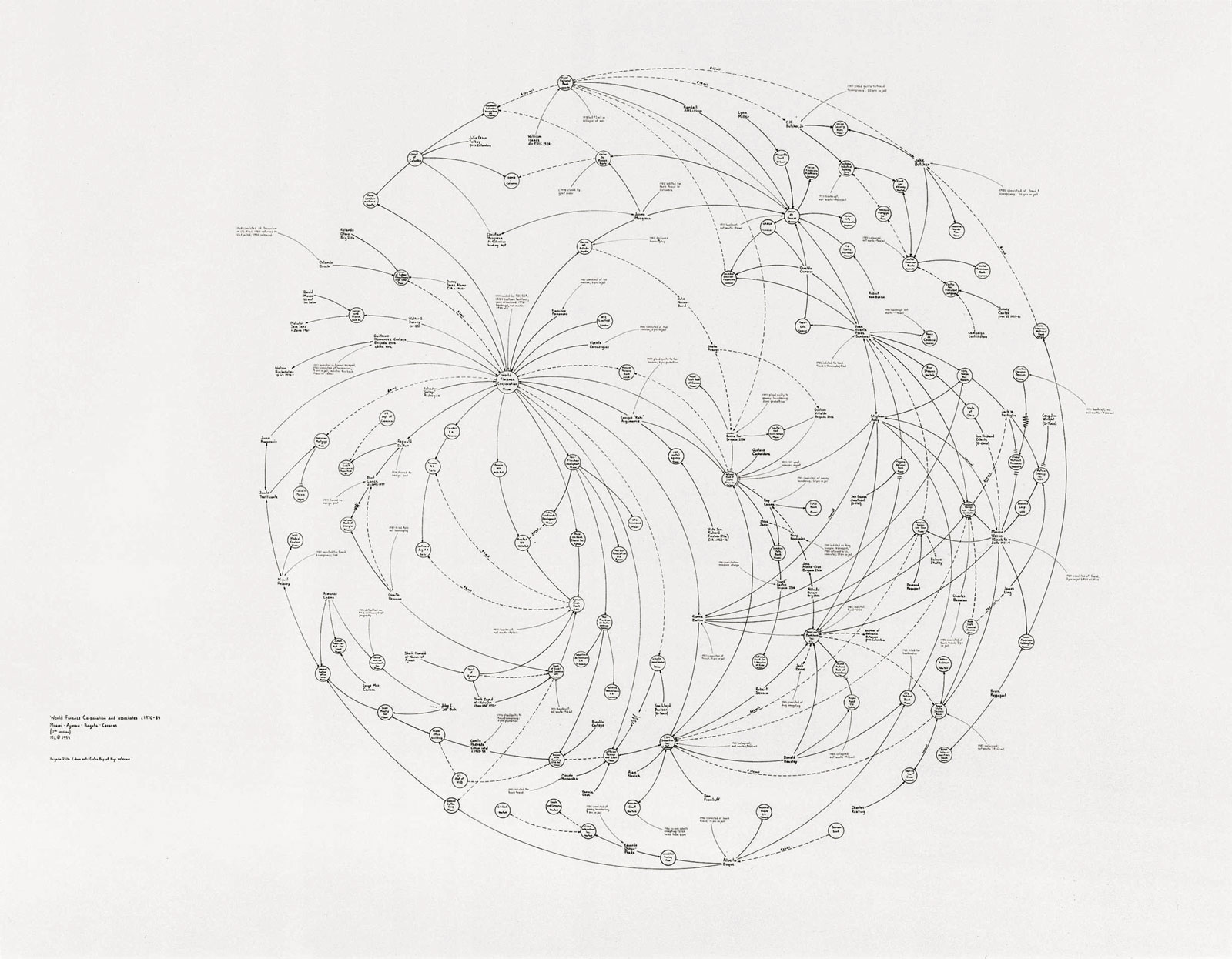
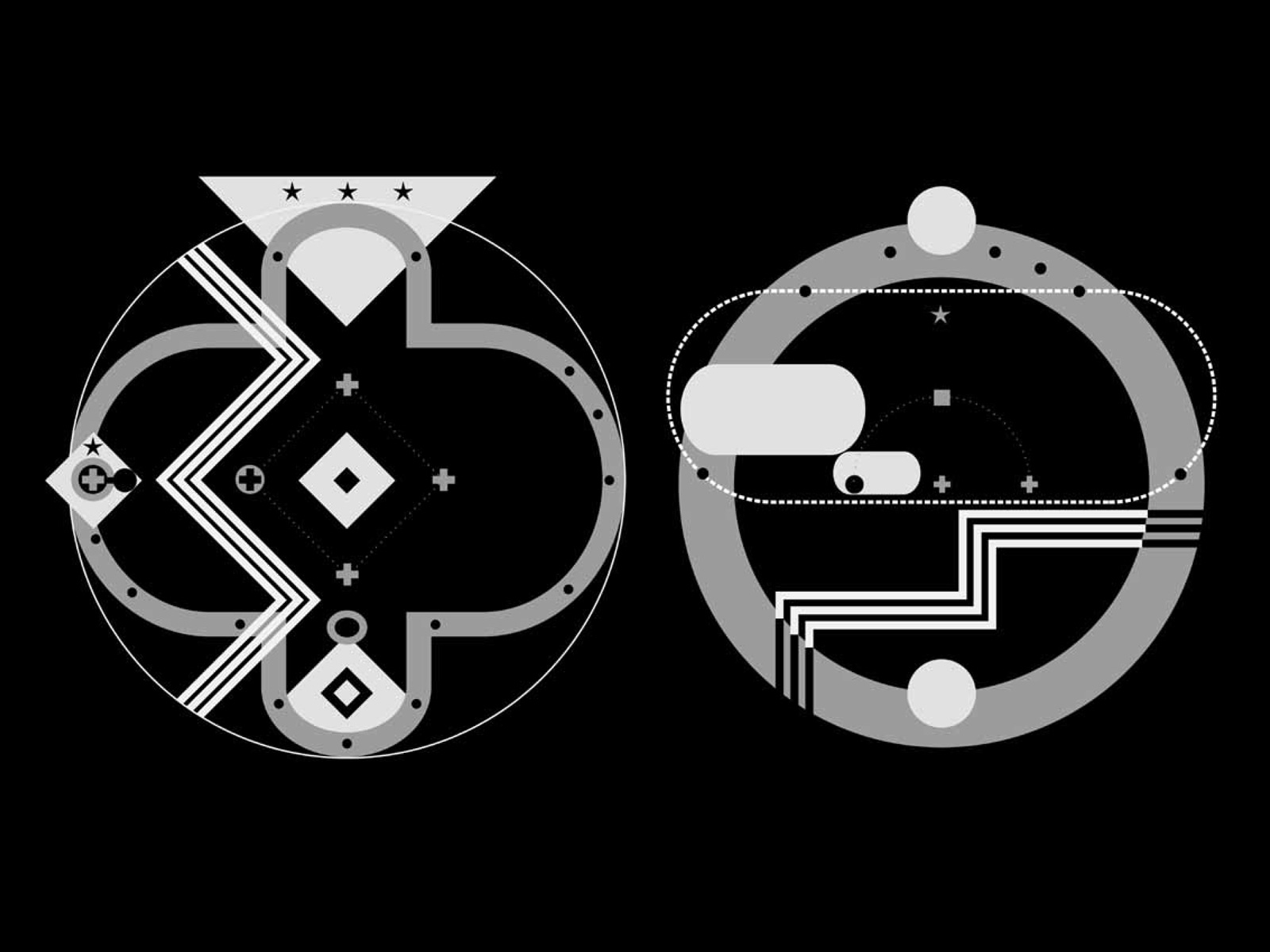
5 comments on ‘Graphic Literature’